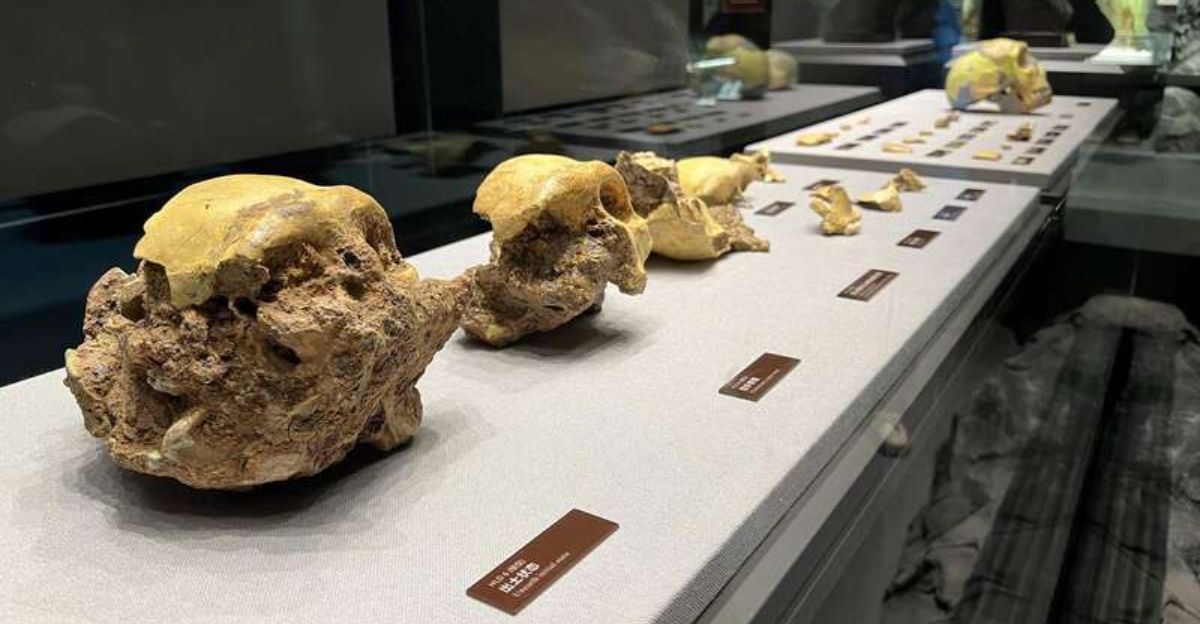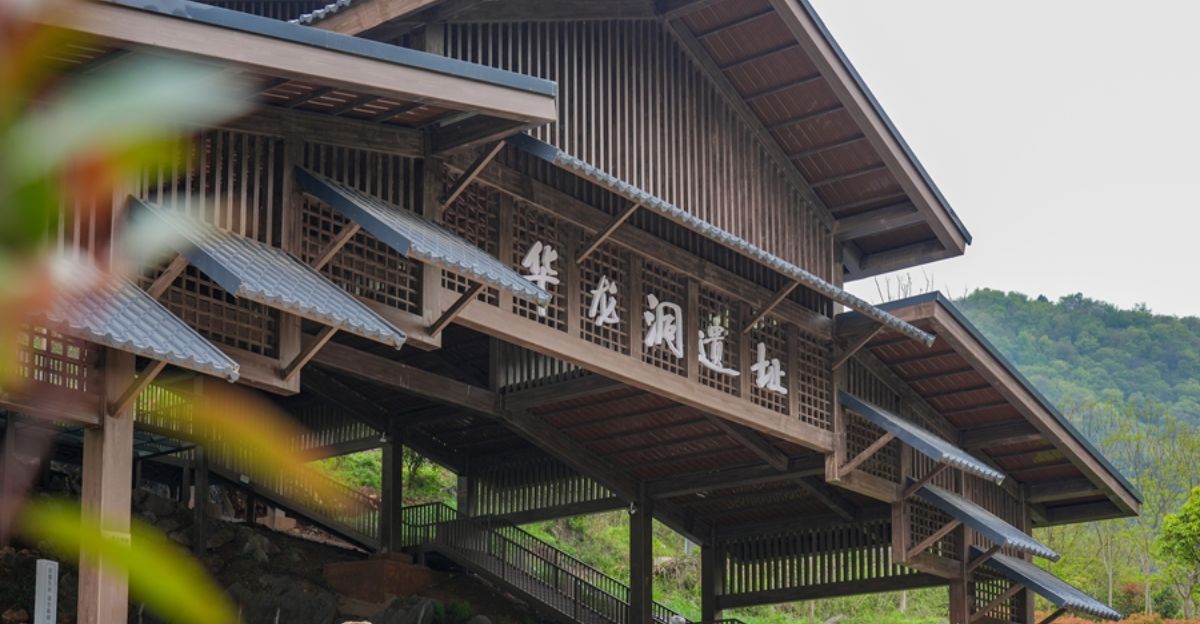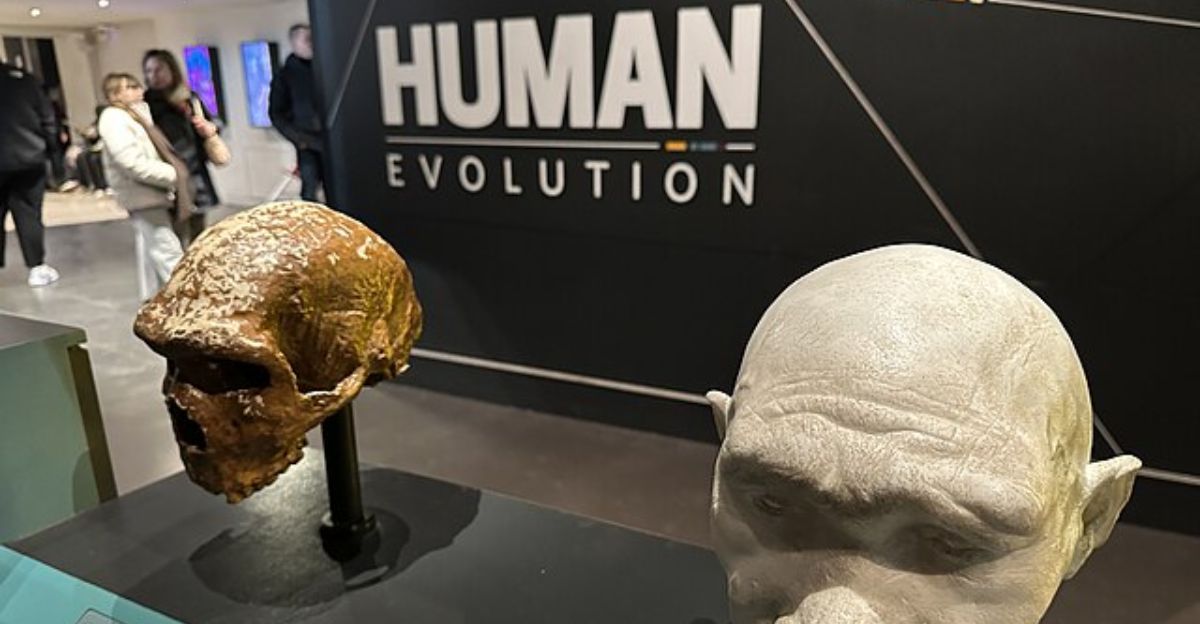
In recent years, some of the world’s most important advances in our understanding of human evolution have come not from Africa or Europe, but from China’s ancient soils and caves.
The Mengxihe site in Sichuan and the Hualongdong site in Anhui are now being hailed by Chinese and international researchers as “game changers,” prompting a re-examination of how, where, and with whom ancient humans evolved.
These discoveries prove that Asia has been a center in the story of humanity.
Unearthing the Past

These new understandings are the result of sustained and intensive archaeological work. Systematic excavations at Hualongdong began around 2013, following preliminary discoveries of unusual fossil-bearing deposits.
Collaborating with foreign experts, teams from the Chinese Academy of Sciences and regional universities have worked season after season, applying meticulous modern methods.
Each artifact and bone is chipped out by hand, documented in three dimensions, and immediately stabilized for lab analysis.
Archaeology at these sites involves far more than bones: researchers carefully sift through soil and plant remains, analyze animal fossils to learn about diet, and use advanced equipment to understand the ancient climate.
Caves and collapsed shelters at Hualongdong provided “dining halls” and protected spaces for these prehistoric families.
What Was Found?

The Hualongdong site alone has yielded a remarkable collection: nearly 20 individual ancient humans’ fossils, including well-preserved skulls, jaws, and foot bones, plus over 400 stone tools and animal bones.
These bones, some of which are nearly complete, represent a rare opportunity to study ancient people not only as isolated individuals but also as families. Some rooms in the caves may have housed large groups living together.
Meanwhile, the Mengxihe site in Sichuan has revealed a settlement that existed between 60,000 and 80,000 years ago and was filled with stone tools, fire pits, animal bones, and plant remains.
These finds show us clear evidence of community life, systematic hunting, and complex survival strategies long before the arrival of modern populations.
Reconstructing Ancient Lives

Connecting bones to behavior, scientists have documented advanced tool-making abilities at these sites. The Longtan site, for example, revealed sophisticated flake tools and scraping implements previously thought to be unique to Neanderthal Europe.
These tools were used to hunt large animals and process hides for clothing or shelter. The complexity of the artifacts shows that these people passed technical knowledge from one generation to the next and probably lived in social groups with defined roles.
The animal bones show butchery marks, and hearths discovered at the sites demonstrate the use of fire for cooking and warmth, suggesting a way of life as organized as any early human group worldwide.
A Puzzle for Science

The most exciting thing to scientists is the skulls and bones themselves. As Professor Wu Xiujie of the Chinese Academy of Sciences has explained: “The fossils from Hualongdong and other sites are different from those of modern humans, yet not quite the same as other archaic groups.”
These newly found skulls and bones show a unique mix of traits from modern Homo sapiens, earlier Homo species, and Neanderthals. Experts call these “mosaic” fossils—they don’t fit neatly in any box.
This complexity fits with discoveries at other sites such as Xujiayao and Xuchang, which have also yielded bones with blended features. Scientists have dubbed this the “muddle in the middle,” meaning that simple, old categories no longer work for classifying Asian fossils.
Brain and Body Variety

While headlines sometimes exaggerate brain size, what’s certain is that these fossils show a massive range of body shapes and anatomical details.
Some skulls are robust and heavy-browed; others are more delicate, resembling early modern humans.
Fossils like the Liujiang skull, discovered in 1958 and recently re-examined, show a remarkably complete head, jaw, and teeth, shedding light on how these ancient people looked, ate, and thrived.
Anatomists use CT scans and 3D analysis to measure and compare these remains with examples from Africa and Europe.
Climate Change and Evolutionary Diversity

Multiple studies confirm that, beginning about 300,000 years ago, the climate in China went through dramatic swings—ice ages, warmer periods, droughts, and floods.
Scientists now think these changes played a significant role in driving the diversity among the people living there.
Fossil evidence shows that ancient humans adapted in many ways, developing varied diets, hunting strategies, and social habits that helped different groups survive in various environments.
A Disappearance and a New Arrival

Several ancient human groups flourished across eastern Asia for hundreds of thousands of years, but around 50,000 years ago, these populations disappeared.
This was about the same time as modern humans arrived in the region. At Mengxihe and Hualongdong, skilled hunters and survivors left traces of tools and bones, but what happened to them remains a puzzle.
The overlapping timelines suggest possible interaction or competition between groups, but scientists have found no evidence to confirm whether they mixed, replaced, or outlived each other.
Advances in Genetic Analysis

Ancient DNA research has hurried. Scientists recently extracted DNA from 14,000-year-old Red Deer Cave bones in Yunnan.
Even though the skulls looked primitive, their DNA matched early modern humans, showing that appearances don’t always tell the whole story.
Genetic studies also confirm that people in Asia today carry some genes from Neanderthals and Denisovans, proving that these ancient groups lived side by side and sometimes interbred.
Scientific Consensus and International Review

Significant research efforts behind these discoveries are internationally reviewed.
Nearly 100 experts, including foreign archaeologists and DNA specialists, attended a 2024 conference in Dongzhi, Anhui, to discuss the Hualongdong findings.
Peer review, double-checking of bone dating, and repetition of tests in separate labs add to the reliability of every claim.
Public Impact and Museum Changes

With each discovery, museums and schools are updating exhibits and curricula.
The National Museum of Natural History in Washington, D.C., is revising displays to spotlight Asian human diversity, and similar updates are appearing in Europe and China.
Teachers now include Asia’s important role in their lessons on early human history, reflecting a new global consensus.
Ongoing Debates and Open Questions

While much has been settled, several mysteries remain.
Scientists want to know how many different groups lived simultaneously, how they adapted to ice age environments, and what happened when modern humans arrived.
New tools like micro-CT scanning and advanced DNA extraction give hope for answers.
Still, experts qualify every statement: no finding changes everything, and every interpretation is tested against multiple lines of evidence.
International Collaboration and Looking Ahead

The quest continues, with Chinese, European, and American scientists sharing data, joining digs, and publishing findings.
New excavations at Hualongdong, Mengxihe, and other promising sites will undoubtedly bring further surprises.
Xu Xing of the Chinese Academy of Sciences said: “What we have found… could just be the tip of the iceberg. We will continue our excavation work until the very end.”
Asia’s Role in Human Evolution

Asia has made the most exciting fossil discoveries in decades, and every new bone or tool adds another piece to the great puzzle of human evolution.
Careful fieldwork, global teamwork, and advanced technology ensure that all claims are checked and rechecked, so every headline truly sheds new light on humanity’s story.